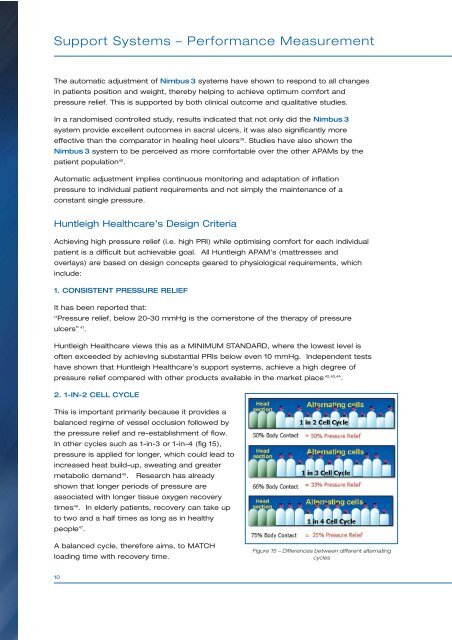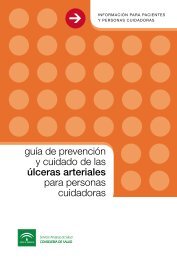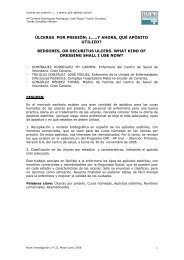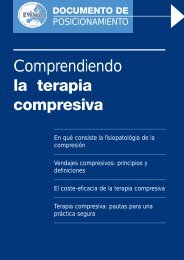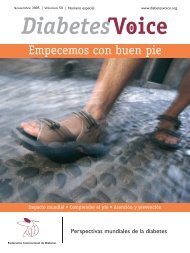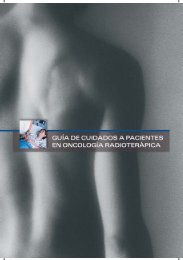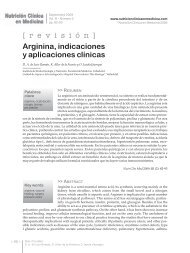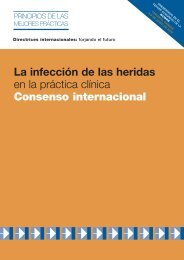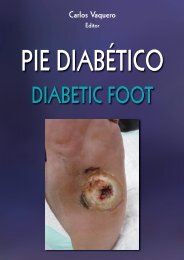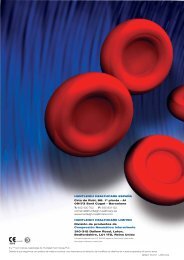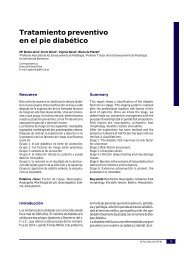HUNTLEIGH HEALTHCARE LIMITED Pressure Area Care Products ...
HUNTLEIGH HEALTHCARE LIMITED Pressure Area Care Products ...
HUNTLEIGH HEALTHCARE LIMITED Pressure Area Care Products ...
You also want an ePaper? Increase the reach of your titles
YUMPU automatically turns print PDFs into web optimized ePapers that Google loves.
Support Systems – Performance Measurement<br />
The automatic adjustment of Nimbus 3 systems have shown to respond to all changes<br />
in patients position and weight, thereby helping to achieve optimum comfort and<br />
pressure relief. This is supported by both clinical outcome and qualitative studies.<br />
In a randomised controlled study, results indicated that not only did the Nimbus 3<br />
system provide excellent outcomes in sacral ulcers, it was also significantly more<br />
effective than the comparator in healing heel ulcers 39 . Studies have also shown the<br />
Nimbus 3 system to be perceived as more comfortable over the other APAMs by the<br />
patient population 40 .<br />
Automatic adjustment implies continuous monitoring and adaptation of inflation<br />
pressure to individual patient requirements and not simply the maintenance of a<br />
constant single pressure.<br />
Huntleigh Healthcare’s Design Criteria<br />
Achieving high pressure relief (i.e. high PRI) while optimising comfort for each individual<br />
patient is a difficult but achievable goal. All Huntleigh APAM’s (mattresses and<br />
overlays) are based on design concepts geared to physiological requirements, which<br />
include:<br />
1. CONSISTENT PRESSURE RELIEF<br />
It has been reported that:<br />
“<strong>Pressure</strong> relief, below 20-30 mmHg is the cornerstone of the therapy of pressure<br />
ulcers” 41 .<br />
Huntleigh Healthcare views this as a MINIMUM STANDARD, where the lowest level is<br />
often exceeded by achieving substantial PRIs below even 10 mmHg. Independent tests<br />
have shown that Huntleigh Healthcare’s support systems, achieve a high degree of<br />
pressure relief compared with other products available in the market place 42,43,44 .<br />
2. 1-IN-2 CELL CYCLE<br />
This is important primarily because it provides a<br />
balanced regime of vessel occlusion followed by<br />
the pressure relief and re-establishment of flow.<br />
In other cycles such as 1-in-3 or 1-in-4 (fig 15),<br />
pressure is applied for longer, which could lead to<br />
increased heat build-up, sweating and greater<br />
metabolic demand 45 . Research has already<br />
shown that longer periods of pressure are<br />
associated with longer tissue oxygen recovery<br />
times 46 . In elderly patients, recovery can take up<br />
to two and a half times as long as in healthy<br />
people 47 .<br />
A balanced cycle, therefore aims, to MATCH<br />
loading time with recovery time.<br />
Figure 15 – Differences between different alternating<br />
cycles<br />
10


